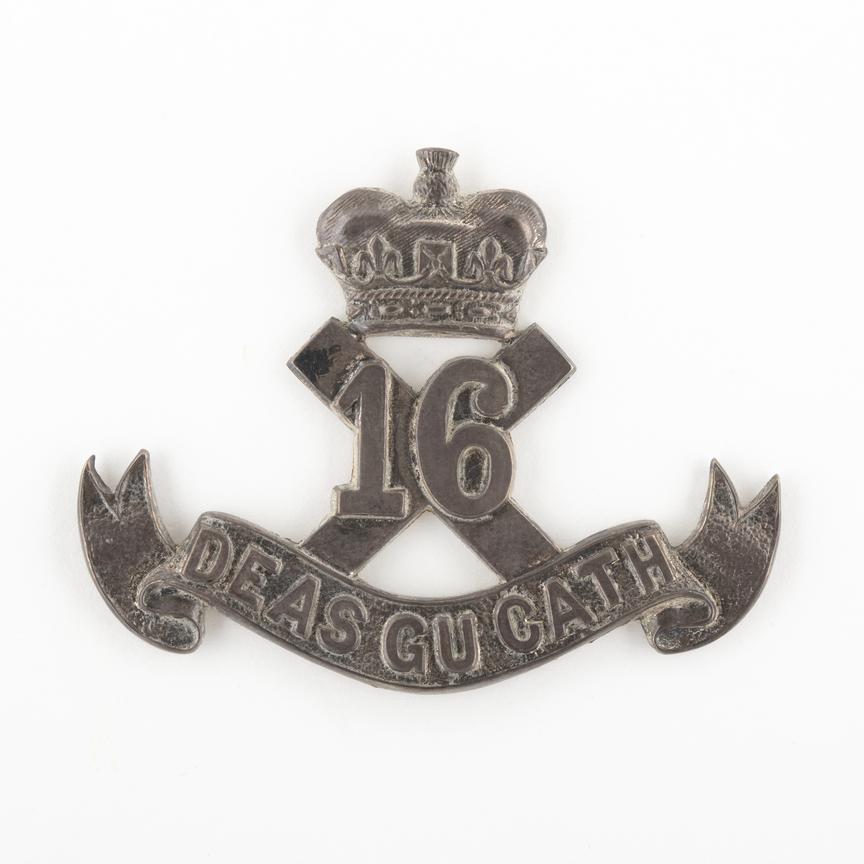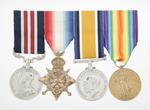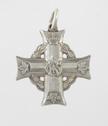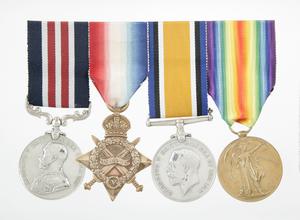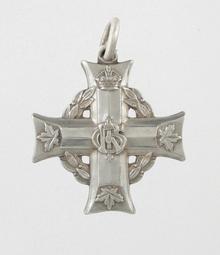Unit
16th Canadian Infantry Battalion (Canadian Scottish)
Branch
Infantry
Service Component
Canadian Expeditionary Force
Service Number
420816
birth
1888/11/14
Glasgow, Scotland
death
1917/04/09
France
grave
Écoivres Military Cemetery, France
Gender
Male
William MacKissock was born in Glasgow, Scotland, on 14 November 1888. He was the son of Peter and Annie MacKissock. His father was a master mason. It is not known when MacKissock immigrated to Canada.
A contractor, he enlisted in the 43rd Canadian Infantry Battalion (Cameron Highlanders of Canada) in Winnipeg, Manitoba, on 18 December 1914 with the rank of sergeant. MacKissock had previous military experience, having served three and a half years in the 79th Cameron Highlanders of Canada militia regiment. The 43rd Battalion was one of the battalions drawn from that regiment. After initial training in Canada, MacKissock embarked for England with his unit on SS Grampian on 1 June 1915, arriving on 9 June 1915.
Soon after arriving in England, MacKissock was transferred to the 16th Canadian Infantry Battalion (Canadian Scottish). He joined the unit in France on 17 July 1915. Three months later, he was promoted to the rank of quartermaster sergeant. Wounded in the head by shell fire during the Battle of Mount Sorrel, in Belgium, MacKissock was admitted to No. 3 Canadian General Hospital in Dannes-Camiers, France, on 14 June 1916. Three months later, once recovered, he rejoined his battalion. He was awarded the Military Medal on 6 January 1917 for gallantry during his unit’s unsuccessful attempt to take Regina Trench on 8 October 1916, during the Battle of the Somme. MacKissock received another shrapnel head wound on 9 April 1917, during the Battle of Vimy Ridge. Although he was evacuated from the field, the wound was ultimately fatal, and he died that day at No. 4 Canadian Field Ambulance. Records indicate that if he had survived the battle, he was to have been promoted to the rank of company sergeant-major. He was posthumously awarded that rank. William MacKissock is buried in Écoivres Military Cemetery, in France.
Military Medal
“During the action of Oct[ober] 8th, 1916, his Company being scattered and broken, he rallied the remnants and again led them forward to the assault, and after encountering the wire, entered the trench dispersing the enemy. But for his timely action this part of the trench would not be in our hands. In the retirement which became necessary some hours later, he drew of his men in a masterly manner. He has always been a keen and resourceful soldier.”
– Canada, Military Honours and Awards Citation cards, 1900–1961

